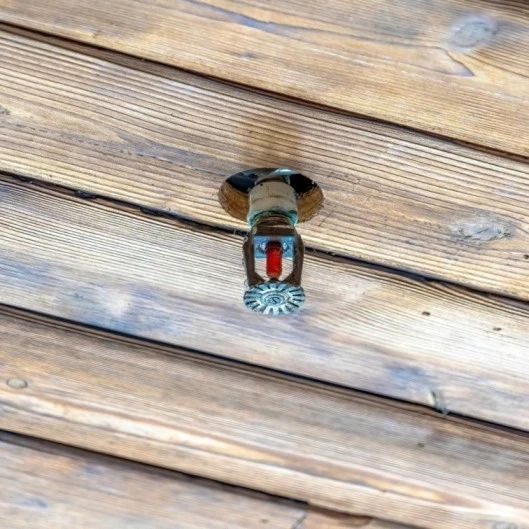If your building has a sprinkler system, it\'s natural to feel more secure. You can have peace of mind knowing that in the event of a fire, the sprinkler installation at Sherwood Park will promptly respond to keep everyone safe by containing the fire until the fire department arrives. However, this can only happen if you consistently maintain your fire sprinkler system. Neglecting proper maintenance may result in the system not functioning as intended, and the consequences could be devastating.
Let\'s explore what fire sprinkler system maintenance entails and take the necessary actions to ensure its effectiveness.
Understanding Sprinkler Operations
Before delving into fire sprinkler system maintenance, let\'s briefly understand how sprinklers work. Contrary to what we see in movies, all sprinklers on a building floor don\'t activate simultaneously at the first sign of fire, dousing the entire area with water.
In reality, each sprinkler head is designed to activate only when the surrounding area reaches a certain temperature, causing the fusible link to melt and release water. Therefore, a fire may only trigger one or two sprinkler heads, which contain the fire until help arrives.
Why is this important? We will explain shortly, but the key point is that each sprinkler head requires individual maintenance. They don\'t operate on a collective system, so the others won\'t compensate if one is faulty.
The Role Of The Control Valve
Any discussion about fire sprinkler system maintenance must address the control valve, a crucial component. Inspecting the control valve is straightforward. It is responsible for keeping the water supply flowing. If the valve is closed, the sprinklers won\'t receive water and will be useless in a fire. Unfortunately, closed valves are the primary cause of extensive fire damage.
The good news is that checking the valve is one of the easiest tasks in fire sprinkler system maintenance. Glance at it once a week to ensure it remains in the open position.
Sometimes, the valve may need to be shut off temporarily for maintenance or repairs. In such cases, ensure that the water supply is only interrupted in the specific area where the work is being done and for the shortest time necessary. Taking unnecessary risks is avoidable.
Inspection Of Sprinklers
As mentioned earlier, you should turn off the control valve to inspect the sprinklers. It\'s helpful to attach a brightly colored tag or ribbon to the valve as a visual reminder to yourself or anyone passing by that the valve needs to be reopened later.
Inform the local authorities and your alarm company that you are conducting fire sprinkler system maintenance. This is especially important if you need to activate the alarm for a drill or during repairs. It may also be mandatory to inform your insurance company to ensure you maintain coverage through regular fire sprinkler system maintenance.
As previously mentioned, focus your inspection only on the necessary sprinklers and allow the rest to operate normally. Additionally, ensure that there are no potential ignition sources during the inspection.
Regarding the frequency of maintenance, refer to NFPA 25: Standard for the Inspection, Testing, and Maintenance of Water-Based Fire Protection Systems. You may need a certified contractor to handle inspections and testing, depending on your location.
Developing General Understanding
Regardless of the specific regulations set by local authorities and your insurance provider, your staff must understand the fire sprinkler system. This should include the following:
- Knowing the location and appearance of the control valve when it\'s open or closed.
- Recognizing signs of malfunction in sprinklers.
- Ensuring that sprinklers are always clear.
Conclusion
Maintaining your sprinkler installation at Sherwood Park doesn\'t have to be burdensome, but it is essential. Following the simple steps outlined above could save lives in the future.



